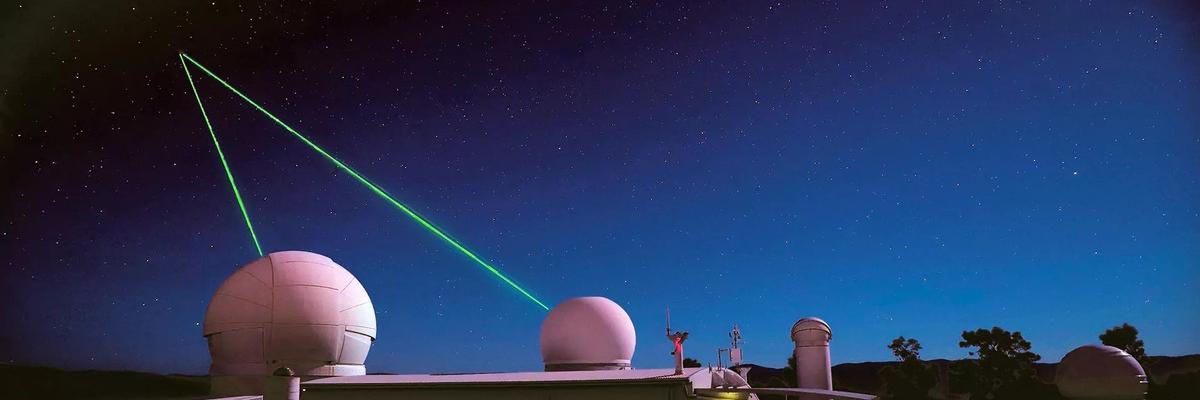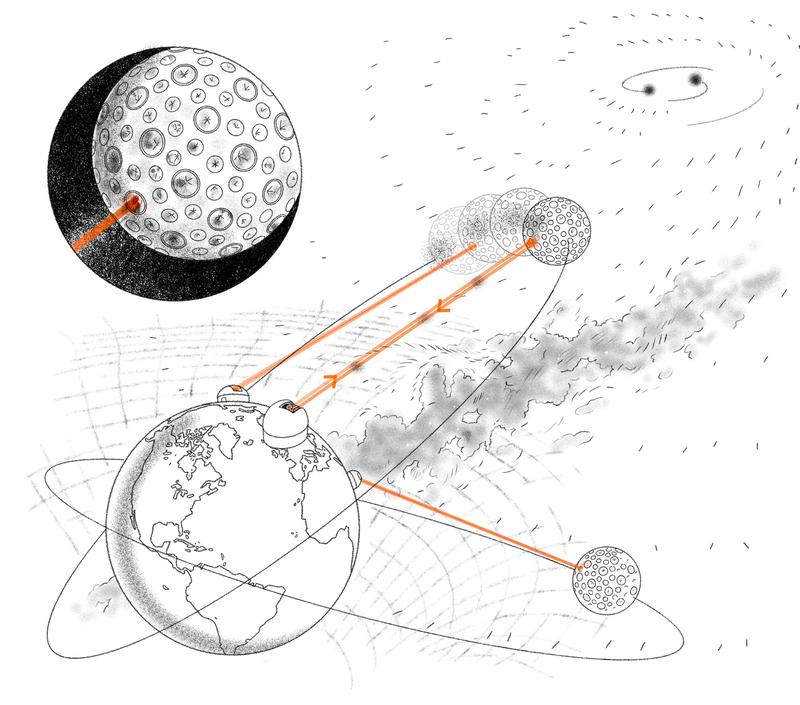Highlight
IFAE-led GUEST mission concept advances in ESA’s 2025 Call for Missions
October 15, 2025
- GUEST will explore the microhertz range of gravitational waves, opening a new observational window between existing ground- and space-based detectors.
- The project brings together more than forty scientists and major partners such as IGN, IAC, ICE-CSIC, GMV and OHB, combining academic and industrial expertise.
- With a proposed ESA budget of 125 million euros, GUEST aims to become one of the first fast-class missions to deliver transformative space science before 2035.

The Institut de Física d’Altes Energies (IFAE), a CERCA research center located on the campus of the Universitat Autònoma de Barcelona (UAB), announces that GUEST (Gravitational Universe Exploration with Satellite Tracking), a mission concept led by Diego Blas (IFAE), has been selected by the European Space Agency (ESA) to proceed to the next phase of evaluation in the 2025 Call for Missions (Fast/F-class).
GUEST proposes to detect gravitational waves in the microhertz (μHz) band by using laser ranging between two or more geocentric satellites placed in orbits engineered to resonate with passing gravitational waves. This approach opens a new frequency window in the gravitational-wave spectrum—between the millihertz range targeted by LISA and the nanohertz regime probed by pulsar-timing arrays—enabling unique observations of sources such as massive black-hole binaries and potential cosmological backgrounds. The scientific method builds on work developed by Blas and Alexander C. Jenkins in 2021–2022 .

Diego Blas, ICREA Research Professor at IFAE, serves as Principal Investigator (PI) of GUEST. Together with Alex Jenkins (Kavli Institute for Cosmology, Cambridge), he pioneered the theoretical framework for detecting gravitational waves through satellite orbital dynamics. Blas now leads the mission’s scientific coordination within a rapidly expanding international collaboration.
The GUEST consortium brings together more than forty scientists from across Europe and beyond. In Spain, in addition to IFAE, the Instituto Geográfico Nacional (IGN), the Instituto de Astrofísica de Canarias (IAC) and the Institute of Space Sciences (ICE-CSIC) play major roles. The IGN’s Yebes Observatory contributes expertise in satellite laser ranging, a technique essential to the project’s detection method. The consortium also includes industrial partners such as GMV and OHB, world leaders in space technology, who provide key expertise for the mission’s design and implementation.
With a proposed ESA budget of 125 million euros, GUEST fits within the framework of “Fast” (F-class) missions, designed to deliver innovative space science at moderate cost and within shorter development timescales.
A new window on the gravitational-wave sky
Gravitational-wave astronomy has expanded rapidly since the first direct detection in 2015 by the LIGO interferometers, inaugurating a new way to observe the Universe. By targeting the μHz band, GUEST would explore signals inaccessible to current facilities, complementing further current observations by the LVK collaboration centered around 100 Hz, and the future Einstein Telescope gravitational wave observatory , both with strong IFAE involvement. Also at IFAE, the GravNet collaboration aims at covering the high frequency regime, with signals over 10 kHz,
A main goal of the GW community is to have the broader and most precise frequency coverage in the near future to unveil all the potential from the GW Universe. GUEST has the chance to play a leading role for the band where several astrophysical and fundamental sources may be lingering, and do it in very short time scale (before 2035).
- IFAE Research group
- Theory Division
- Contact
